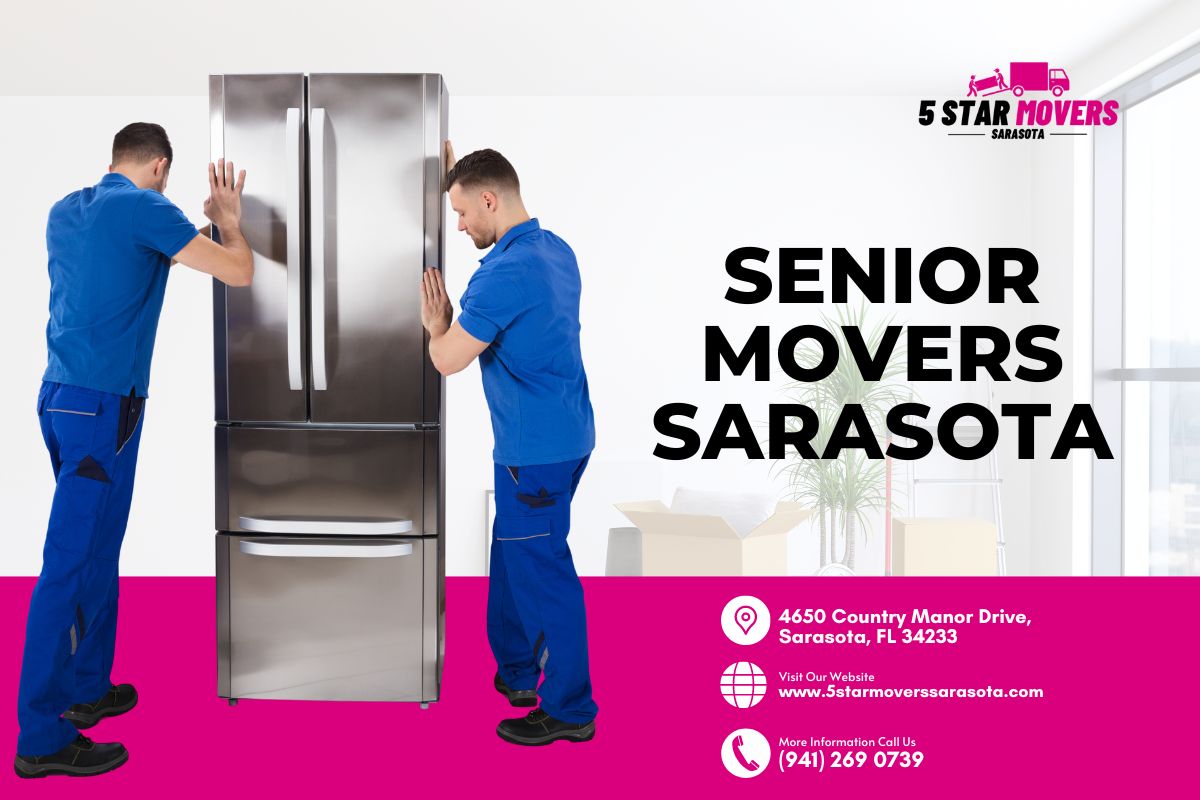


Introduction
Moving can be a stressful and overwhelming experience, but with the right packing and loading methods, you can ensure a smooth move. Whether you're hiring professional movers or doing it yourself, proper packing and loading techniques are essential to protect your belongings and make the process more efficient. In this article, we will provide expert advice on the best practices for packing and loading to help you have a successful move.
Expert Advice on Proper Packing and Loading Methods for a Smooth Move
When it comes to packing and loading for a move, following these expert tips will ensure that everything goes smoothly:
1. Start Early to Avoid Last-Minute Stress
Packing and loading can take longer than anticipated, so it's important to start early. Begin by decluttering your belongings and sorting them into categories. This will help you determine what needs to be packed and what can be donated or thrown away.
2. Gather Packing Supplies in Advance
Before you start packing, make sure you have all the necessary supplies on hand. This includes sturdy boxes in various sizes, packing tape, bubble wrap, packing paper, markers, labels, and furniture blankets. Having these items readily available will make the packing process much more efficient.
3. Pack Room by Room
To stay organized during the packing process, tackle one room at a time. Start with rooms that are used less frequently, such as guest rooms or storage areas. Label each box with its contents and the room it belongs in. http://connerluvt351.theburnward.com/essential-steps-for-effective-decluttering-before-your-local-move-1 This will make unpacking much easier later on.
4. Use Proper Packing Techniques
When packing fragile items such as dishes or glassware, wrap each piece individually in bubble wrap or packing paper. Place heavier items at the bottom of the box and lighter items on top to prevent breakage. Fill any empty spaces with crumpled paper or packing peanuts to ensure that items don't shift during transport.
5. Disassemble Furniture
Large furniture pieces can be challenging to move, so it's best to disassemble them before loading them onto the moving truck. Keep track of all screws and small parts by placing them in labeled bags and taping them securely to the corresponding furniture piece.
6. Protect Your Mattress
To protect your mattress from dirt and damage during the move, invest in a mattress bag or cover. This will keep it clean and prevent tears or stains. Additionally, stand the mattress on its edge rather than laying it flat to save space in the moving truck.
FAQs
Here are some frequently asked questions about packing and loading for a smooth move:
Q: Should I hire professional movers or do it myself?
A: The decision depends on your budget, timeline, and personal preferences. Professional movers have experience and expertise in packing and loading, which can make the process faster and more efficient. However, if you're on a tight budget or prefer to have more control over the process, you can choose to do it yourself.
Q: How can I find reliable movers near me?
A: To find reliable movers in your area, start by asking friends, family, or colleagues for recommendations. You can also search online for reputable moving companies with positive reviews. Don't forget to check their licensing and insurance information before making a final decision.
Q: Is it necessary to hire packing and unpacking services?
A: Hiring professional packing and unpacking services can save you time and reduce stress during the moving process. These experts know how to pack efficiently and protect fragile items. If you have valuable or delicate belongings, investing in these services may be worth it.
Q: How should I pack electronics?
A: When packing electronics, remove any batteries and disconnect all cables. Wrap each item individually in bubble wrap or packing paper and place them in sturdy boxes. Label the boxes as "fragile" and avoid stacking heavy items on top of them.
Q: What should I do with perishable items?
A: Perishable items such as food, plants, or cleaning products should not be packed for a long-distance move. It's best to consume or donate these items before moving day. If you're moving locally, you can transport them in your own vehicle.
Q: How can I protect my valuable and sentimental items during the move?
A: To protect valuable and sentimental items, consider transporting them yourself rather than relying on the moving company. Keep them in a secure location in your vehicle, such as the trunk or backseat. Alternatively, you can purchase additional insurance coverage for these items through your moving company.
Conclusion
By following these expert tips on proper packing and loading methods, you can ensure a smooth move and protect your belongings throughout the process. Starting early, gathering necessary supplies, packing room by room, using proper techniques, disassembling furniture, and protecting delicate items are all key steps to a successful move. Whether you choose to hire professional movers or do it yourself, implementing these strategies will make the experience less stressful and more efficient. Good luck with your move!